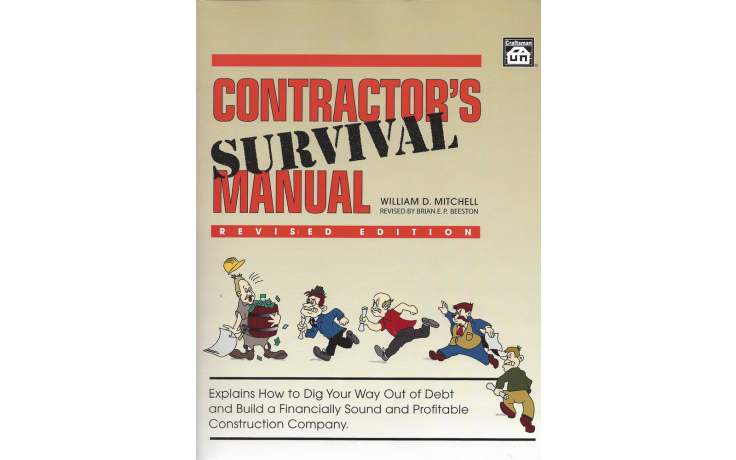Growing Awareness


|
| Pick up EXCLUSIVE content below |
When a startling piece of news relating to the roof-contracting industry crosses my radar I have a tendency to jump on it, but it has taken me months to make a public mention on this topic. On Oct. 18, 2011, the International Agency for Research on Cancer (IARC) announced thefinding of its working group that evaluated occupational exposures to oxidized bitumens and their emissions. The group found that occupational exposures to bitumens during roofing are “probably carcinogenic to humans.” The report defines bitumen as a substance “produced by distillation of crude oil during petroleum refining,” which includes asphalt used in the manufacture of many roofing products.
I am not a technical expert on roofing or carcinogens in the workplace. However, it is my job to report on what is behind issues that have a potential impact on roofing contractors as they continue to install asphalt roofing products. In my opinion, this is an issue that will not go away, and there is a reason for roofing contractors to be aware of the IARC report. Based on this, I feel it is advisable for you to review your handling of all products containing oxidized asphalt. Just to be clear, this is one of those issues where words such as “possibly” and “probably” can make a dramatic difference. This is a call to react and be “aware” — not “alarmed.”
While the announcement by the IARC is new, the topic of bitumen fumes as a potential carcinogen for roofing workers is not new. Various studies go back at least to the 1980s. Roofing Contractorsafety columnist Chip Macdonald reported on the issue in a 2004 column that offered some advice on handling asphalt fumes that is worth repeating, especially in light of the IARC report. The bullet points covered in the article include:
• Develop a plan. A site-specific hazard exposure plan should be written by the employer to instruct roofers who work with heated asphalt on procedures to follow if exposed to asphalt fumes.
• Assign a competent person (CP). The employer should designate an on-site employee who is trained and experienced to identify existing and potential asphalt fume hazards.
• Implement safe kettle management. Have the CP develop site-specific safe work practices with and around the kettle where the asphalt fumes are source generated.
• Verify safe application practices. The employer should designate a CP to identify site-specific health hazards and ensure that the workers are taking adequate control measures.
Some asphalt roofing manufacturers have amended their Material Safety Data Sheets (MSDS) to include language on the recent report by the IARC and I expect others will follow suit. These MSDS contain information on the products as well as guidance on their use by roofing workers.
The IARC is set to issue a more complete finding later this year. Be aware.
|
For more information on the topic, please see the articles referenced below:
IARC’s Press Release: “Occupational Exposures to Bitumens and Their Emissions” http://www.iarc.fr/en/media-centre/iarcnews/pdf/IARC_Bitumen_Eng.pdf
Rick Damato’s Blog Entry: “Oxidized Bitumen Fumes on the Griddle”
“Asphalt Fumes in BUR Applications” http://www.roofingcontractor.com/articles/asphalt-fumes-in-bur-applications |
Looking for a reprint of this article?
From high-res PDFs to custom plaques, order your copy today!








